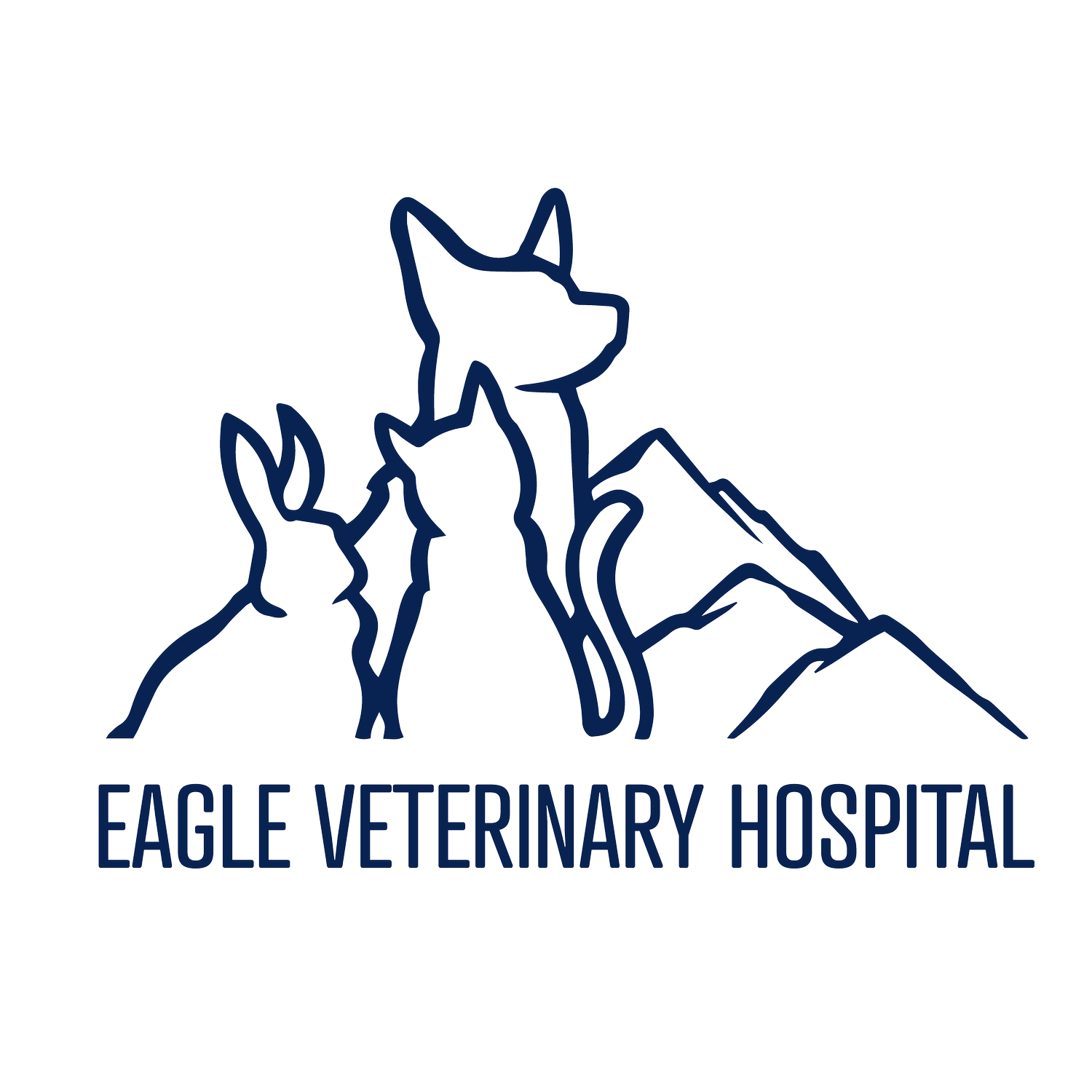“Happy, healthy pets at Eagle Vet!”
Eagle Veterinary Hospital is a privately owned companion and exotic animal hospital serving the Treasure Valley’s pets. We are looking forward to seeing you at Eagle Vet, where your pets are treated like family.
Tailored veterinary care.
At Eagle Veterinary Hospital our focus is to provide you and your pet with quality and compassionate care with a personal touch. We realize that not every pet and not every owner are alike, and we look forward to partnering with you to provide tailored and individualized medical care for your furry (or scaly) family member!
Privately owned and operated.
Eagle Veterinary Hospital is owned by Dr. Kari Reina. We are so excited to meet you and your beloved pets!




